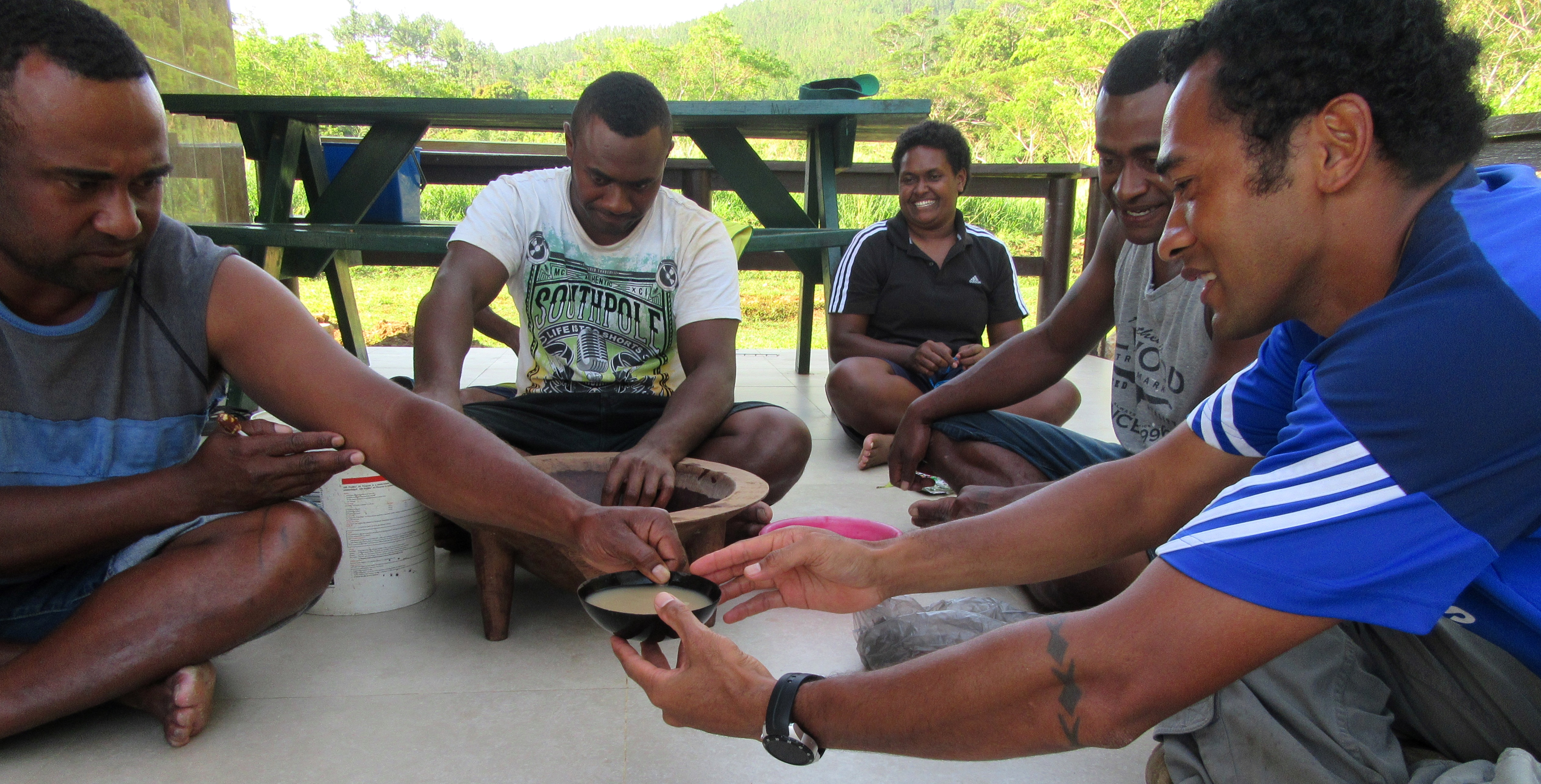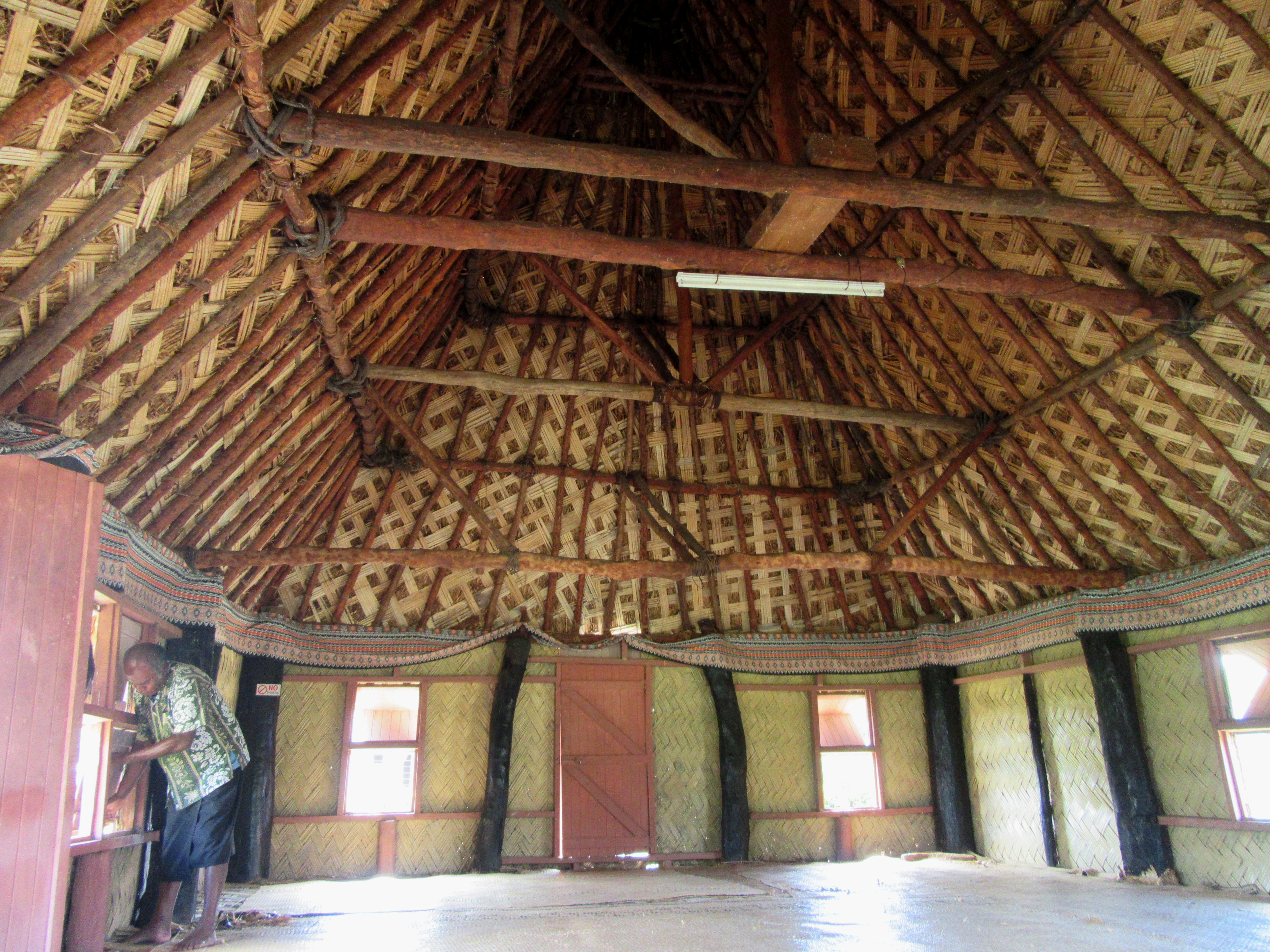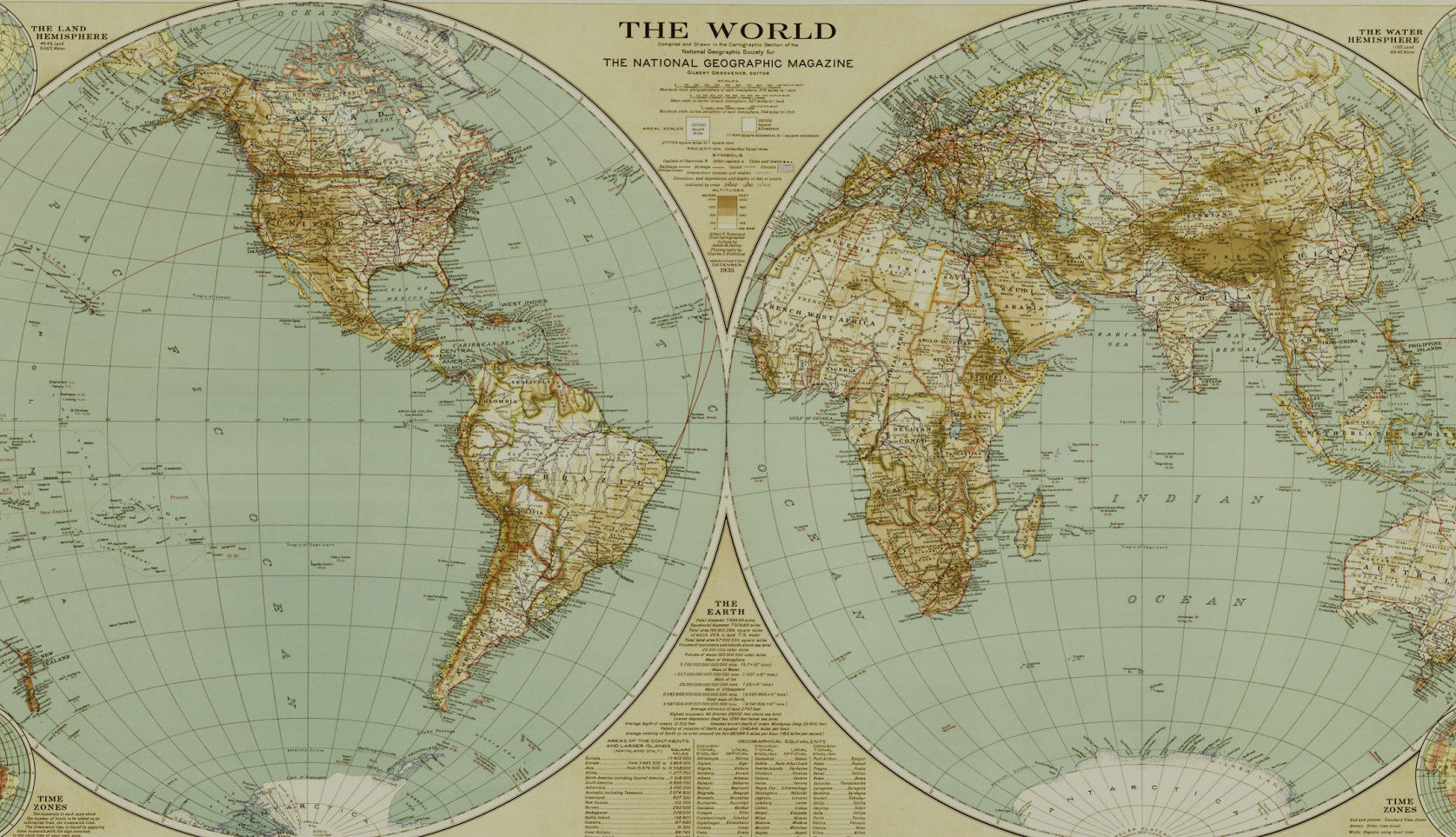
Sevusevu is a traditional Fijian protocol performed when visitors arrive at a village. Essentially it is an exchange of the gift of kava, a dried root pounded into a powder and mixed as a mildly intoxicating drink. I was very privileged to participate in four sevusevu while doing Archaeological Impact Assessments with the archaeology team from the Fiji Museum.

When you arrive at a Fijian village everyone must have their shoulders covered, remove their hats, and women must wear a sarong. Archaeologists doing fieldwork usually carry one in their backpack and tie it on over their trousers. The ceremony is performed in the Bure (meeting house) and since you remove your shoes before entering it’s handy to have a pair of flip flops in your backpack as well.

The ceremony begins with the archaeologists giving kava to the villagers. One of the archaeologists represents the team, beginning their recitation to the village spokesman by acknowledging the chief of the village and the villagers. Next they state who/where the sevusevu is from (in our case the Fiji Museum and Ministry of Education) and formally acknowledge the chiefs of the Fijian confederacies of each archaeological group member – for me it’s the Government of Canada. The villagers are thanked for allowing the team to do the work and the recitation is concluded by addressing the villagers’ confederate high chief with the request (he may or may not be present). The kava is then physically presented to the village spokesman and the high chief of the village is acknowledged.

The village spokesman then begins his recitation by stating the he has accepted the kava, acknowledges the village chief and their confederate high chief. He states that he is giving the archaeologists the village’s blessing and granting them access to do work on their land. He also presents the kava to God and asks for him to watch over the work the archaeologists are doing. Then he wishes the archaeologists good luck for the days’ work, good luck in general, and many blessings: ‘may you have peace and prosperity’ and ‘may the cemetery have long grasses’ (because it gets cleared prior to a burial!). Throughout the recitation the archaeologists respond with “vinaka” (thank you) and “mana” (power).

The second part of the ceremony is the reciprocation of the gift. Three or more young men from the village prepare some kava: the mixer of the kava is seated behind the kava bowl (a “dari” if pottery/plastic and “tanoa” if wood) and holds the mouth of the straining cloth open while the others add the powder and water. Then the kava is presented to the archaeologists who formally receive it. On behalf of the village, they acknowledge the institution the archaeologists are representing and the ministry it comes under, and acknowledge the traditional chiefly titles of the homeland of each archaeological group member. They welcome the archaeologists, thank them for coming and wish them good luck in their work.

The archaeologists representative acknowledges that the kava is from the village and thanks them on behalf of the team and the chiefly titles associated with each team member. The concluding recitation is made and many blessings given to the village: ‘may their crops be plentiful’, ‘may they not experience further cyclones’, and ‘may the students do well in their education’ (an apt blessing from a group under the auspices of the Fijian Ministry of Education!). To conclude, the man seated behind the kava bowl makes a circle over it with his clasped hands while saying ‘The kava is ready’. One of the helpers then stands up to serve the half coconut shell of kava to the first two drinkers. The archaeologist’s representative gets the first bowl and the villager who received the gift gets the second bowl (a prominent man in the village seated close to the bowl). After these two have drunk, the man giving out the kava sits and the man behind the bowl states that the formalities are over.

The drinking goes back and forth between the archaeologists and the villagers from that point on. Everyone drinks and the kava is dispensed hierarchically in pairs. When a drink of kava is given to you the procedure is to clap once, say “bula” (hello), drink the entire coconut shell in one go, give the shell back and say “vinaka” (thank you), then clap three times. The archaeologists have to be mindful of the time and request that they go work before having too much kava!

After the days’ work is completed the archaeologists head back to the village Bure where usually lunch and more kava is provided. The informal chatting done over lunch often provides the archaeologists with further information about the history of the site(s) they have visited and how they are used by the village today. The archaeologists in turn may elaborate on the work of the museum, the legislation and possible future steps for the sites.

Once lunch is finished the archaeologists representative claps to inform everyone that they are about to say something important, “Ta tau” – ‘we have done our work and would like them to release us’. They then thank the villagers for helping with the work, preparing the lunch, letting the archaeologists do the work, everything they have done while the team was there, and request that they release the archaeologists in good spirit.

Archaeologists participate in the sevusevu to show respect to the resource owners (i.e. the village) and seek consent to access a site and do archaeological work with their blessing. It is very important for archaeologists working in Fiji to perform the sevusevu to ensure a positive and respectful relationship with the village and their wider cultural network. What really struck me when I was participating in the sevusevu was the genuine respect shown between individuals and groups, this is a lesson that I hope to carry with me throughout my travels.
